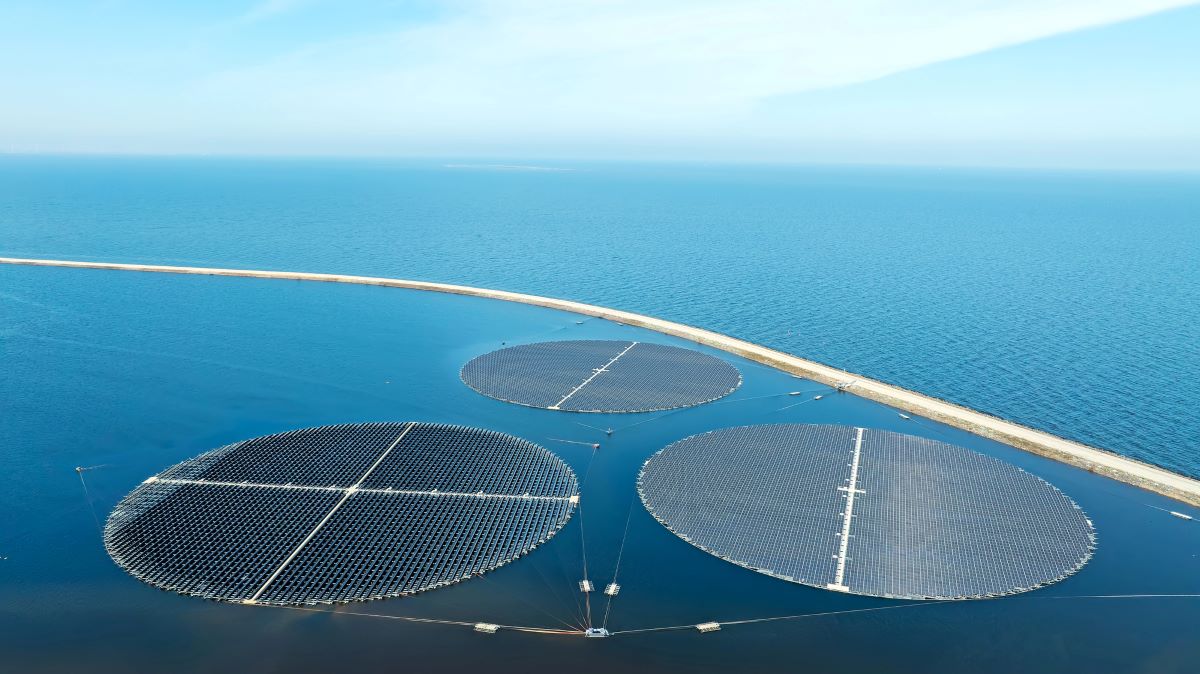
Offshore clean energy, the untapped potential of tides and floating solar
With a production capacity twice the current global electricity demand, offshore clean energy holds immense potential for meeting the planet’s energy needs. Yet today, this contribution remains marginal and largely limited to offshore wind farms in European waters.
Why the gap? A key obstacle is the way renewable marine energy has been assessed. According to a new UK–US study, previous evaluations have been conducted at a global scale, making it nearly impossible to determine which technologies are best suited to specific locations.
The first global database on marine renewables
To close this knowledge gap, scientists from the University of Strathclyde (UK) and the University of Maine (US) created the first inter-resource global assessment of offshore clean energy. The team compiled more than 600 reports and technical papers into a unified database, standardizing energy potential using a single unit of measure: kW per square meter.
Their analysis reveals that tidal energy and floating solar consistently provide more energy than other offshore technologies, such as wind and wave power, across all regions. Floating solar, in particular, was found to be more reliable and less variable over time.
Despite this, floating solar and ocean currents rarely receive research attention, which explains why they remain largely underused today.
Tidal and floating solar could transform offshore clean energy
The study suggests that fully harnessing tidal and floating solar energy could nearly triple or even quadruple the global output of offshore clean energy, potentially powering hundreds of millions of homes.
More importantly, even a small fraction of this potential could significantly reduce carbon emissions. “Assuming global emissions remain at 2019 levels, using just 2% of combined tidal and solar offshore resources would cut 0.299 gigatons of CO₂ per year. At this pace, net-zero could be achieved in 68 years,” the University of Strathclyde notes.
The research is published in Renewable and Sustainable Energy Reviews.